Church of Santa Maria di Cartignano
The ruins of this once gorgeous medieval church are still standing, despite the region's constant flooding.
The church of Santa Maria di Cartignano was excavated and restored around 1968 and is an amazing example of a romanesque church from the 11th century. It contains Gothic elements that were added around the mid 13th century after an earthquake damaged the church.
Towards the end of the 11th century, the church became a monastery under the jurisdiction of the powerful Benedictine monastery at Montecassino. Its monastic role lasted until the second half of the 14th century.
Although later owned by the Celestinian monks of the Morrone monastery, the church fell into disrepair after a period of abandonment. By the end of the 19th century, the church was nothing more than mere ruins, largely due to floods in the region.
The church still has three naves and a single apse. Most of the church’s frescoes were transferred during the 1960s to the National Museum in L’Aquila.
Traces of other frescoes are visible along the inside walls of the church, along with a fresco of Christ (Deesis) in the apse. The plain façade of the church is crowned by a bell gable and a rose window. A Roman spolia can be spotted on the outside walls and a hermit’s dwelling, probably used by guests who walked the transhumance routes of the valley, is located next to the church.

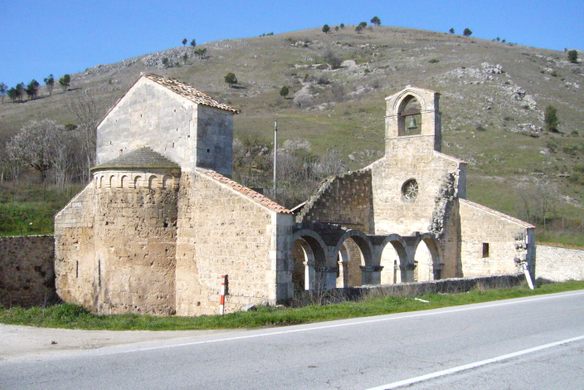






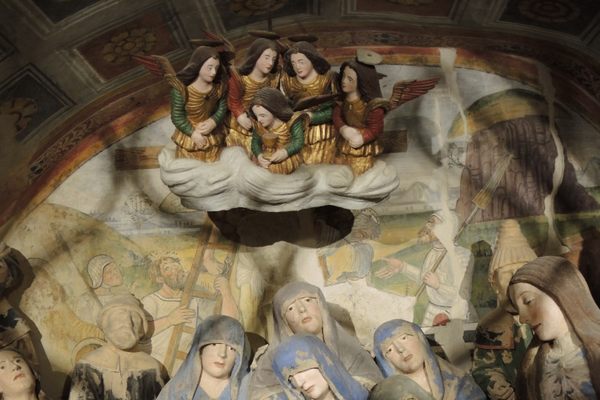
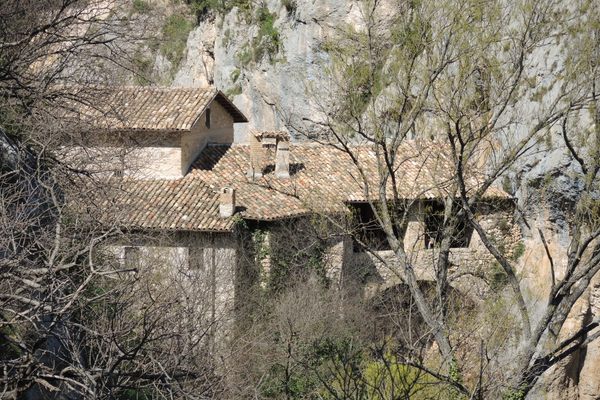
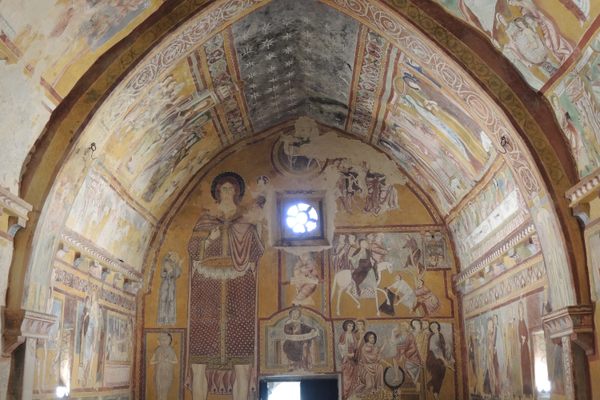


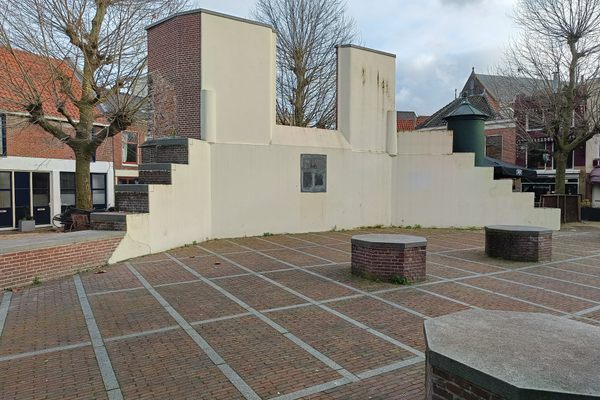



Follow us on Twitter to get the latest on the world's hidden wonders.
Like us on Facebook to get the latest on the world's hidden wonders.
Follow us on Twitter Like us on Facebook